When humanitarians find themselves ‘in the field’, conflict and lack of resources often mean that the contents of their backpacks will be invaluable to getting the job done.
As we mark World Humanitarian Day on Tuesday, we asked our community to share a picture of what they pack when assigned on a mission abroad. Here’s a few of our picks:
‘We are expected to be deployed within 24 hours of an emergency, this means the bag is always packed’
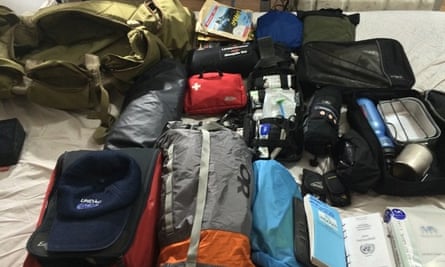
Destination: Philippines
Organisation: MapAction
This is the contents of my personal MapAction emergency deployment kit. We’re expected to be fully self sufficient in the field for five days and be deployed within 24 hours of a major emergency, which means the bag always remains packed. In here I have rations, water purification gear, manuals, tools, first aid kit and a mosquito net. On the way to the airport, everything that isn’t needed for a particular mission goes into another bag and is left at the airport. This was last used for a Philippines mission in 2013.
‘I pack ... the all-important loose leaf tea and tea strainer!’

Destination: Uganda
Organisation: Deki
On this trip to Uganda, I will photograph entrepreneurs. They are all women living in exile – having escaped from war-torn South Sudan. Cameras, a range of lenses, Macbook Pro, spare SD cards and hard drives for essential back-ups, sunglasses and mosquito repellent. And, as an English man traveling abroad the all-important loose leaf tea and tea strainer!
‘Bring a ‘dumb’ phone ... and a stock of baby wipes’
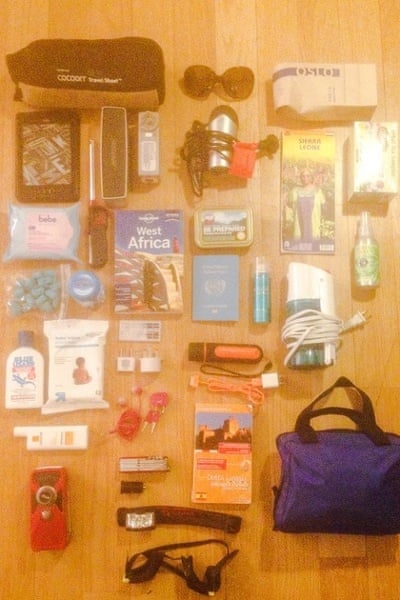
Destination: Sierra Leone
Organisation: United Nations
I took this photo in January before leaving on a three month assignment to support the UN peace building mission in Sierra Leone. For me, essential items included: medical kit, headlight, mechanically powered torchlight, long lasting gas lighter to light candles when power was off, an unlocked ‘dumb’ phone (much longer lasting battery life than smart phones), sufficient stock of baby wipes and hand sanitiser (sometimes you won’t have running water for days), and a detailed map of Sierra Leone.
Two of my favorite items were a sleeping bag for all the places you might be forced to spend a night and my e-book reader with a built in light – useful if you want to read during the daily black outs.
‘I pack a light case of essentials’
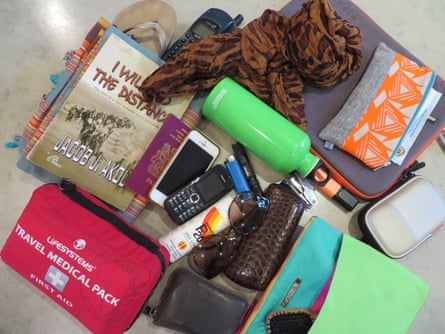
Destination: South Sudan
Organisation: Christian Aid
I work as the emergency programme officer in the east and Horn of Africa for Christian Aid. While on mission in South Sudan I pack a light case of essentials including: first-aid kit, satellite phone, camera, toiletries, passport, water flask, scarfs and sun-cream.
‘Pete had just a few hours between finding out he was going and catching his flight’
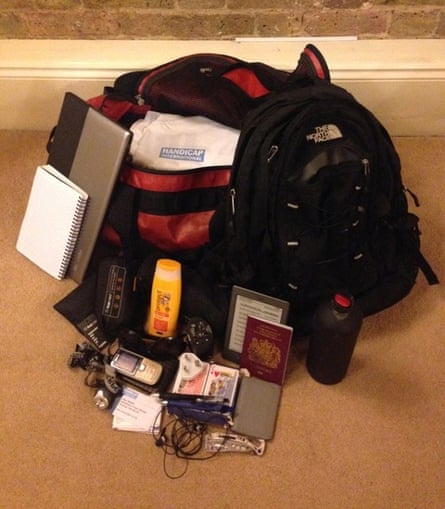
Destination: Iraq
Organisation: Handicap International
Handicap International physiotherapist, Pete Skelton, flew to Erbil in northern Iraq as part of an emergency response team to upscale support for those affected by the growing crisis. Pete had just a few hours between finding out he was going and catching his flight, so he quickly packed: light clothes, work laptop, an iPhone, a cheap unlocked phone, two packs of playing cards, a notepad, a Leatherman tool, a basic first aid kit, a Kindle, a universal plug, a travel liner and travel pillow, a torch, a portable hard drive, US dollars, a water bottle, sunglasses and sun cream.
Read more stories like this:
You need a friend: why peer support is key to surviving humanitarian work
Valerie Amos answers your questions on humanitarian assistance
Ebola: voices from the epicentre of the epidemic
If you are a humanitarian worker and would like to continue to inform the Guardian’s journalism, then you can sign up to the database here.
Join our community of development professionals and humanitarians. Follow @GuardianGDP on Twitter


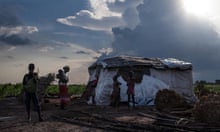
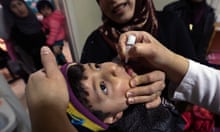
Comments (…)
Sign in or create your Guardian account to join the discussion